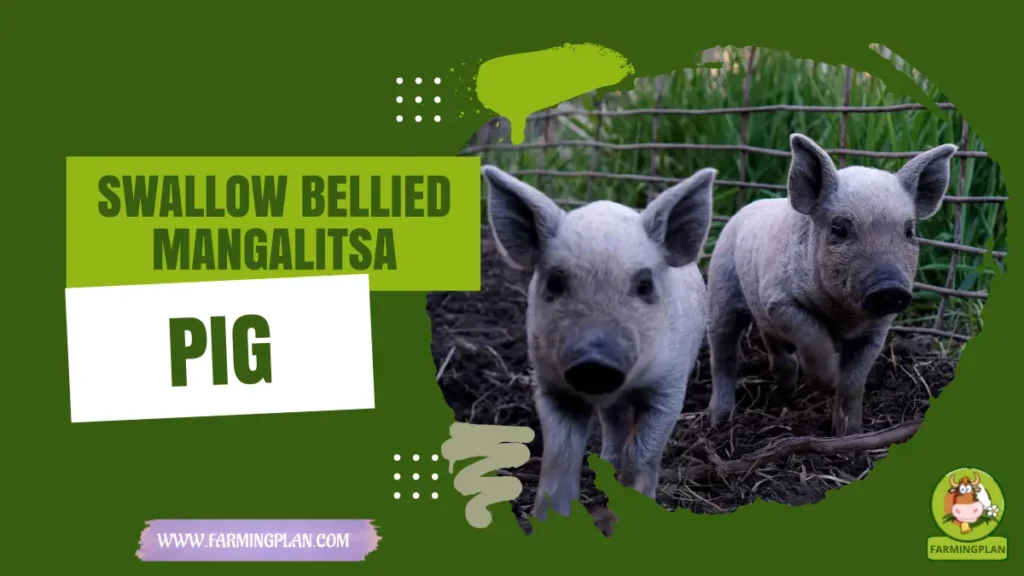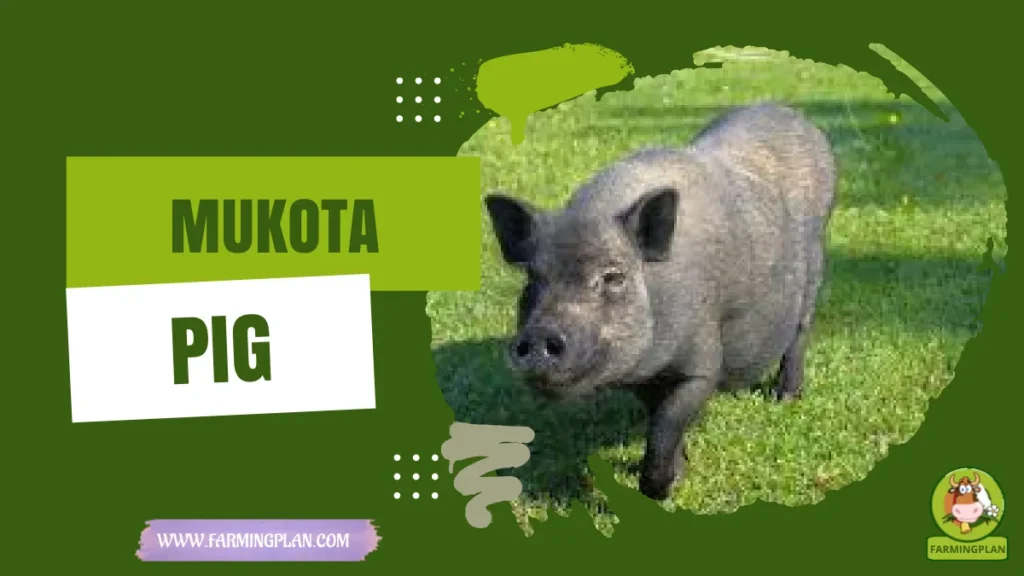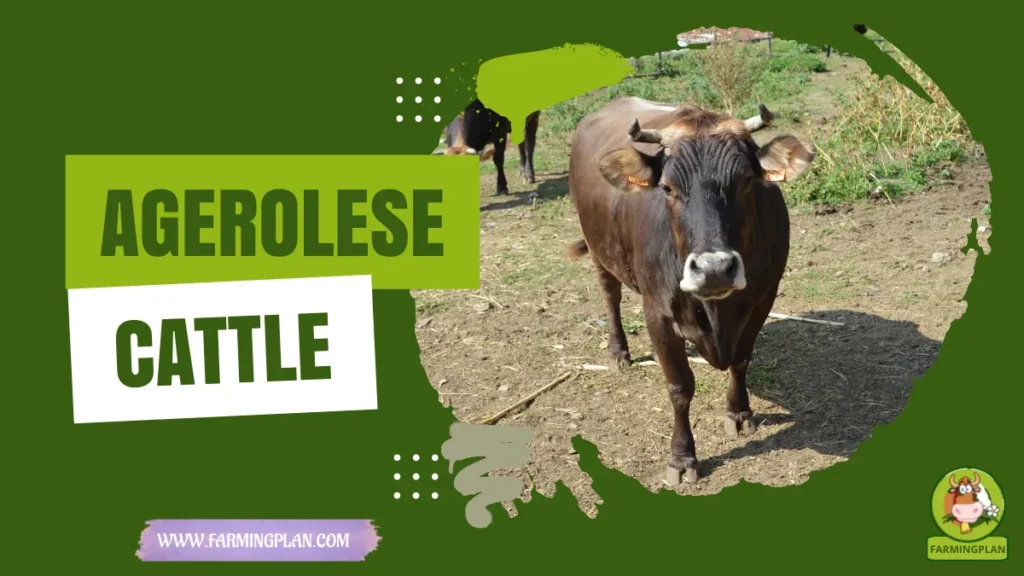The Swallow-bellied Mangalitsa pig is a breed that has its origin in Hungary. This race had its origin since they crossed 3 races, 2 natives of Hungary, which were Svalonta and Bakony. And the other race that was used for the creation of this race was the Sumadija race from Serbia. This breed emerged in the mid of the 1800s. When this breed emerged it was in high demand and was used mainly for butter production. But then when Austria and Hungary faced strong recessions it takes this race to the brink of extinction.
It was not until the late 1990s that several farmers struggled to care for and maintain this breed, and that was how their numbers increased again. The breeds that were used for the creation of this breed, were very resistant races of Hungary. At the beginning of the 30, a National Society was created that was in charge of the protection and to improve the race. The highest production point of this breed was in the early ’50s before there were problems in Hungary. You may also like to read Guinea Hog pig

Characteristics of Swallow Bellied Mangalitsa Pig
The Swallow-bellied Mangalitsa pig is a breed that can be raised outdoors, they even like wildlife. This breed is one of the European breeds that did not make improvements, also descend directly from the boar. The coat of this breed attracts a lot of attention and is that this is very thick, reaching to produce a kind of wool, very similar to sheep.
The thick fur of this breed makes it resistant both to cold and heat. Generally, the coat of this race is white with black, the black one covers the majority of the color in its body, whereas the white one is in a few zones, such as the belly and the legs. Sometimes you can find individuals of this breed with reddish fur. Another characteristic of the coat of this breed is that it is curly.
While the skin of this breed has a gray hue. And the hooves are black. The bones of this species are thin compared to their body, however, even though the bones are thin they have a lot of hardness. The ears of this breed are of medium size and have a characteristic light color spot that measures between 3 and 5 centimeters.
This race has a prominent belly that is round. The females of this breed have around 6 pairs of tits, which makes them ideal for large litters. One of the characteristics of this breed is that it can withstand hard feeding, as well as strong climates. Although it is also resistant to common diseases for pigs, as well as stress.
Usage
The Swallow-bellied Mangalitsa pig when it was created was used mainly for butter production. Nowadays this breed is used for the production of lean meat, although the percentage of meat production is low. The meat that produces this race is lean, nevertheless, the flavor of this meat is not as famous nor as sought after as that of other races. And the meat production of this breed has been displaced by other more modern breeds. You may also like to read Finnish Landrace Pig
Food
The Swallow-bellied Mangalitsa pig its food is totally organic. That is why some farmers decide to raise this breed, although meat production does not do it commercially if they can use it for their own consumption. In addition, this breed can be fed semi-intensively, or intensively with grass. The diet of this breed in addition to pasture is complete with some vegetables such as potatoes, and pumpkins. So the expense at the feeding level of this breed is not that high.
Special Characteristics
The Swallow-bellied Mangalitsa pig is a breed that is one of the most outstanding of the pig breeds in Hungary. Something for which they easily recognize this breed is like the lard pork. Although this breed was in danger of extinction, today there are around 7,000 individuals of this breed. In addition, they are apt to reproduce. A disadvantage, and why this breed was not kept breeding for butter production is because this breed produces a lot of fat.
That is why the estimated time for the slaughter of this breed is around 1 year old if it exceeds that time the meat may gain excess fat. Something that is not favorable, and is not the demand of the markets. In addition, it is a resistant breed that does not require special care for its development. This characteristic led this breed to be recognized both in Hungary and in nearby countries.
FAQ
What is a Mangalitsa pig?
The Mangalitsa pig is a rare breed of pig originating from Hungary. It is a lard type pig, meaning it produces an abundance of fat, making it ideal for charcuterie production. Unlike other pigs bred for meat production, the Mangalitsa has a thick and woolly coat, giving it the nickname “sheep pig”. This unique coat also provides an insulating layer to keep the animal warm in cold weather.
What are the characteristics of a Mangalitsa pig?
The Mangalitsa pig is a unique breed of pig that originated in Hungary. It is known for its thick, wooly coat, which can range in color from black to red. The Mangalitsa has a high fat content and is often used to produce high-quality charcuterie products.
Where does the Mangalitsa pig come from?
The Mangalitsa pig is a breed of domestic pig that originated in Hungary. It is sometimes referred to as the “wooly pig” due to its thick, wooly coat of fur. This breed was developed in the 1800s by crossing Hungarian breeds with European wild boar. The combination of these two breeds resulted in a hardy, disease-resistant animal that could adapt to different climates and environments.
Conclusion
This breed is a type of pig that became popular in the 1800s. At one point it was used mainly for butter production, but when Austria and Hungary faced strong recessions this race almost went extinct. The Swallow-bellied Mangalitsa Pig has its origin in Hungary and now can be found all over Europe where they are raised as an ornamental animal because their coloration is so striking! We hope you’ve enjoyed your reading about these fascinating pigs. If you have any questions or comments, please feel free to leave them below! As a reference: Wikipedia


